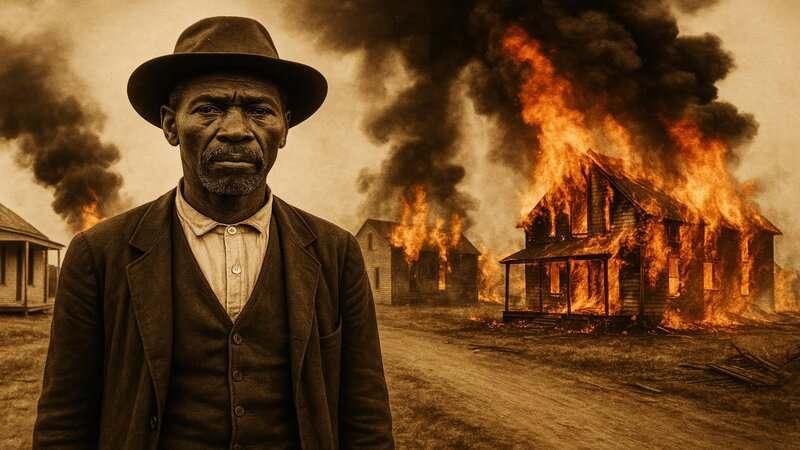1. Greenwood District (Tulsa, Oklahoma)

The Greenwood District, famously dubbed Black Wall Street, was a flourishing center of Black entrepreneurship in early 20th-century Tulsa. Residents built a thriving economy with banks, hotels, shops, and entertainment venues. In 1921, envy and racial tension ignited the Tulsa Race Massacre, when white mobs attacked, looted, and set fire to the community. The devastation was staggering: more than 1,000 homes and businesses were destroyed, and countless lives were lost or shattered. The district’s legacy remains a powerful symbol of both Black achievement and the violence it endured. Read more from History.com
















